Summer-dry climates are prone to wildfires. We love our hot, dry summers which, after wet winters, makes the vegetation tinder dry. Fires are in evitable and normal, and to live safely in this climate we have to plan for fire and hydrate our built landscape.

Los Angeles State Historic Park with bioswale for stormwater percolation and native plant habitat
Not all summer-dry climates are shaped by fire, but California certainly is. The more we know about how the indigenous people used intentional fire within certain ecosystems like grasslands and Oak and Poderosa pine woodlands, the more we realize fire maintained our landscapes in ways that are no longer practical.
The native peoples were nomadic and moved with the seasons. They did not have permanent homes that were threatened by fire. Now, of course, we have densely packed cities with homes built mostly with wood. Where these homes are built at the wildland urban interface are all places where fires can start easily and quickly spread.
Whether fires start naturally from lightning strikes, from human mistakes, or utility oversight they can become overwhelming and apocalyptic. Especially when swept up by up by the predictable offshore wind of late summer, embers can blow miles ahead, across freeways and leapfrogging neighborhoods. Typically, the worst fires come at very end of summer before the winter rains return, but in recent years, the erratic nature of our weather and winter drought has made the fire season effectively year around.
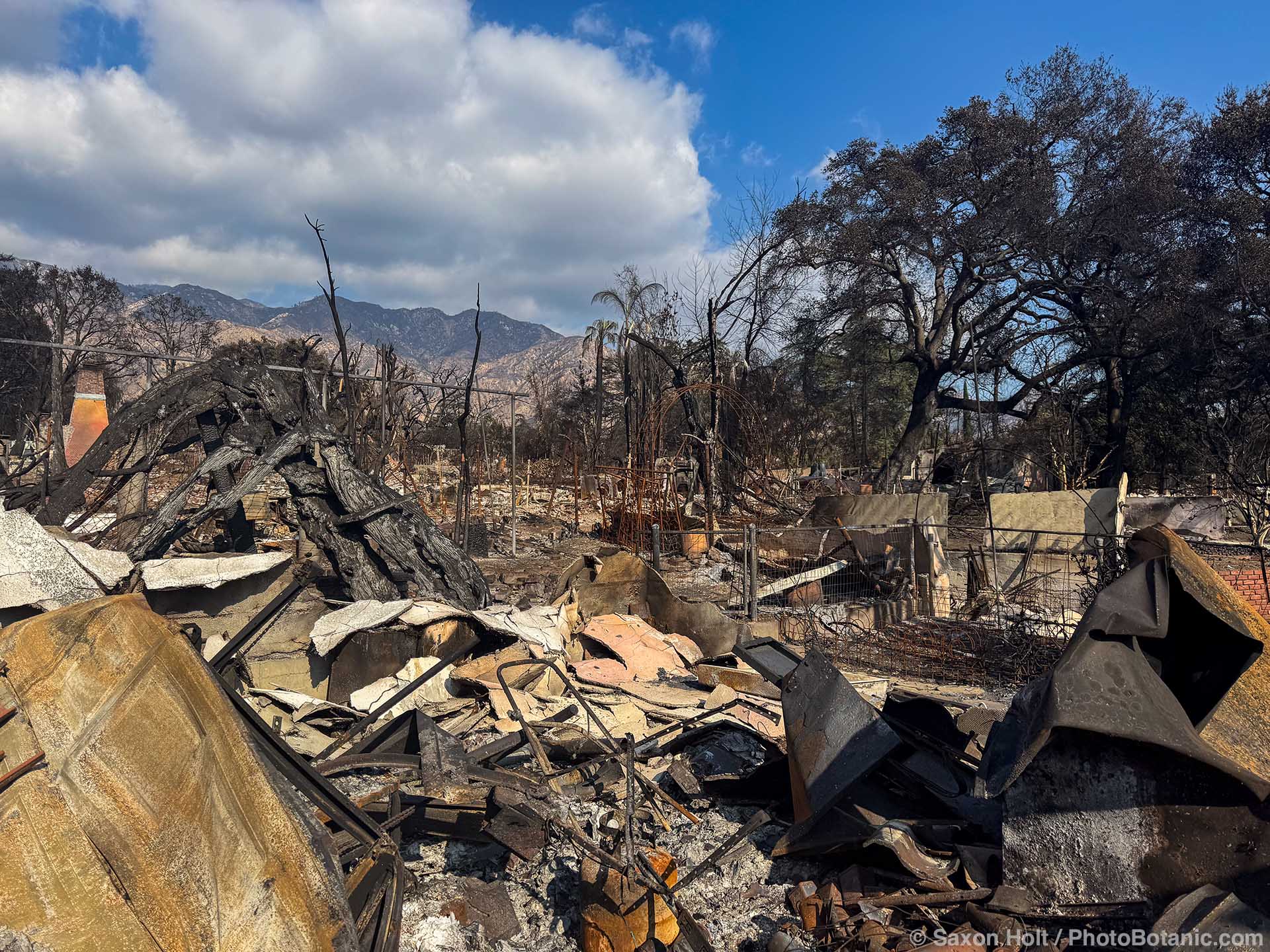
Altadena fire destruction with surviving Oak trees
The devastating midwinter fires in Los Angeles came in an exceptionally dry season just following two exceptionally wet winters. This hydrologic whiplash allowed for much understory vegetation to grow setting up ideal fire scenario conditions. We can’t blame the weather, the climate, or climate change alone. Fires happen. This yin and yang of seasons in summer-dry climates is absolutely normal and there will be more conflagrations.
While we love in this climate and enjoy it we must plan better, create a green, resilient infrastructure with hydrated plants. Our city planners, civic boosters, and developers don’t seem to realize fires are normal. There is plenty of evidence that the fires are getting bigger with more frequent megafires but whether or not this is climate change or increasingly neglectful urban planning, the results are devastating.
Fire fighters have been talking about fire defense for decades. After every major fire one pundit, politican, podcastor, or another will tell us who is to blame. We are all to blame for thinking fires are an aberration and not insisting our elected officials update the very concept of urban design in fire country.
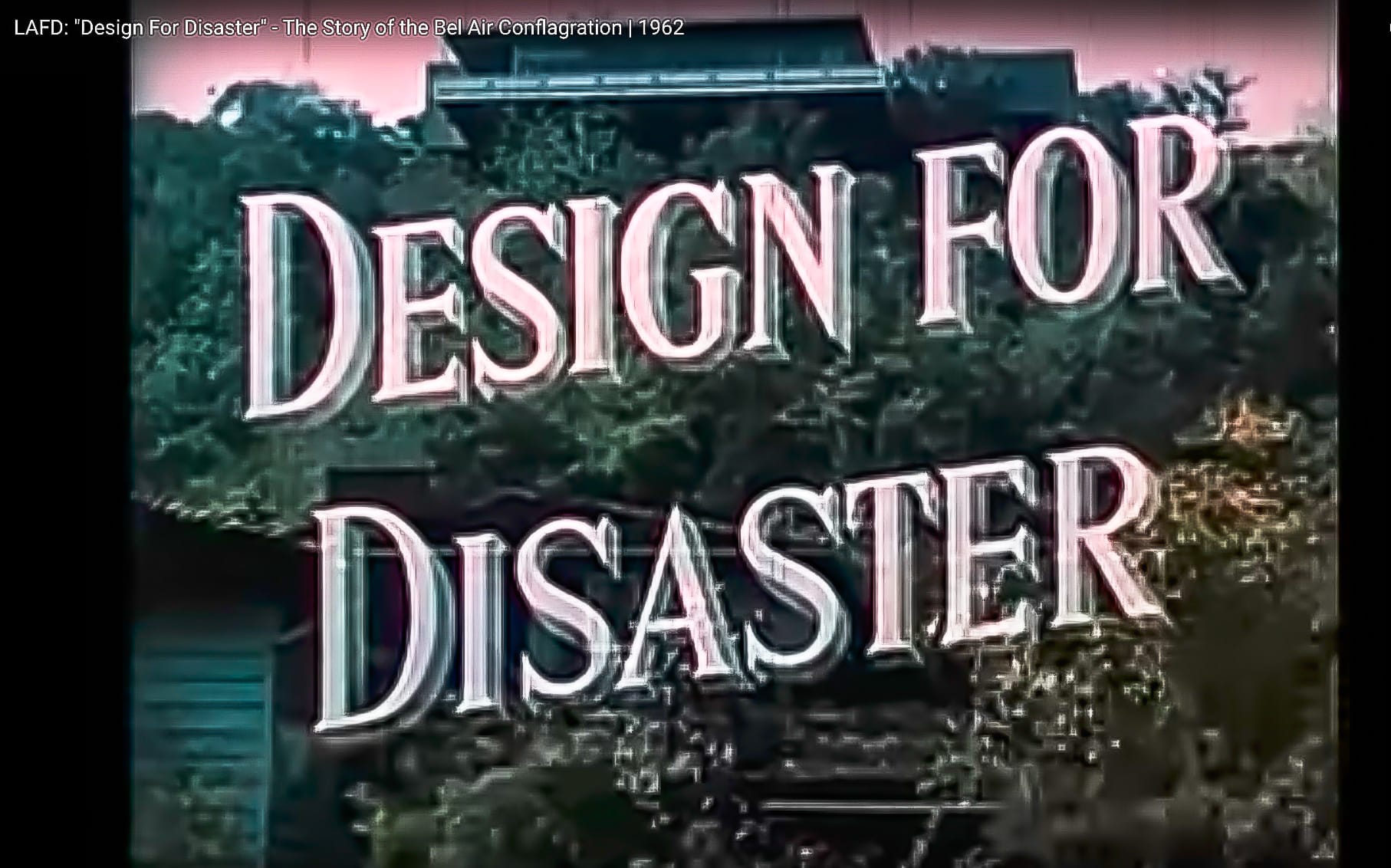
Design for Disaster- The story of the Bel Air Conflagration – 1962
In 1962 after the Bel Air Fire scorched 6,000 acres and burned 500 houses the Los Angeles Fire Department produced the movie Design for Disaster. It seems we have not learned a thing and continually build densely packed wood frame houses in fire country, too often with little defensible space, with streets prone to congestion.
Can we rethink our streets and front yards to make them part of the solution? Can we create a green infrastructure that slows down fire? Can we rethink our water management so we have water to green our streets, hydrate our plants, preventing the megafires before we need emergency water to fight them ?
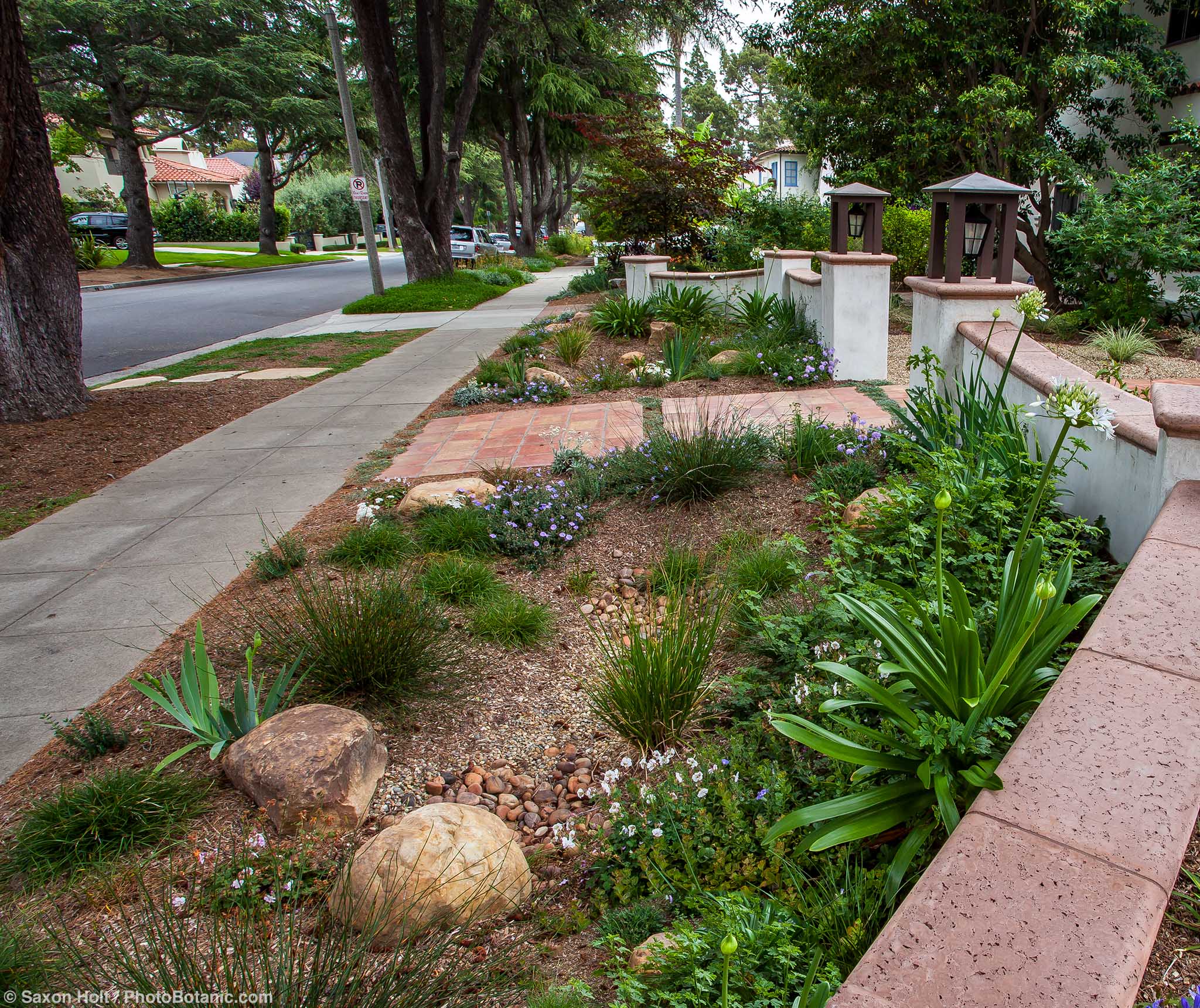
Los Angeles front yard rain garden for stormwater percolation, design by Urban Water Group
Cities continue to grow. We are not going to stop building houses, and we’re not likely to stop using wood in favor of steel or concrete. We know how to harden homes against fire. We should be using non flammable siding and roofing material. We can protect vents and seal open foundations; keep material from gathering in nooks and crannies around our homes. We can push back vegetation, at least 5 feet from the house and stop using wooden fences that provide a direct line of fire from one house to another.
But there are still going to be unprotected houses and windborne fire storms that will spread if unchecked. A green infrastructure of appropriate street trees and fire tough vegetation can slow fire. Healthy non-resinous evergreen trees can stop flying embers. It is a city’s core job to provide safety and the best way to protect from urban megafire is to prevent them from happening in the first place.
Let’s fundamentally rethink the city of the future, into the next centuries. Let’s make them green for nature, for our own out-of-door pleasure and comfort, and for firestorm prevention. For a healthy, hydrated green infrastructure we need more water for cities. We need to capture the rain that does fall and put into the ground not in the sewer, and then find more water for the system when it does not rain.
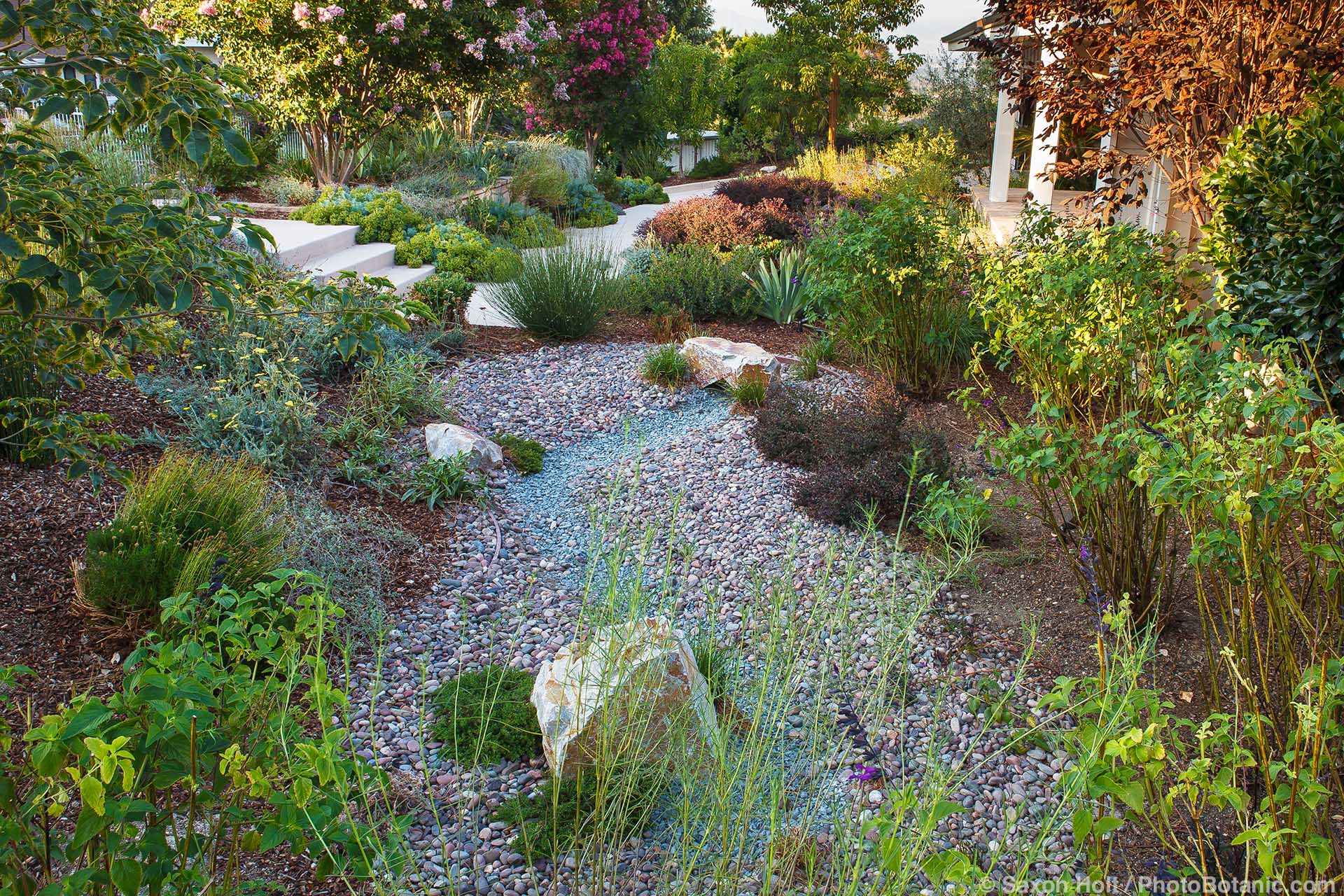
Los Angeles front yard rain garden with dry gravel percolation pond
We find that water from where it already is – in California’s reservoirs. Urban areas only get about 10% of the water we store, while according to the Department of Water Resources agriculture receives 80% of our developed water. Meanwhile agriculture amounts to less than 5% of the State economy. Water management truly is a key issue and we need to get more water into cities not because we need more to fight fires but to prevent them from ever spreading.
We need an honest and pragmatic conversation with farmers about who is being served by the water resources that we are capturing. Farming will always be an important part of California with it’s rich soils and role in feeding the nation, but we can’t have millions of people who work in tourism, entertainment, healthcare, finance, and technology living in desolate, lifeless and fire prone cities.
Cities are after all human ecosystems and we must acknowledge the tens of millions of people depend upon cities to be livable, resilient, and green. The reality is these are not natural systems, but must coexist with climate not ignore it.
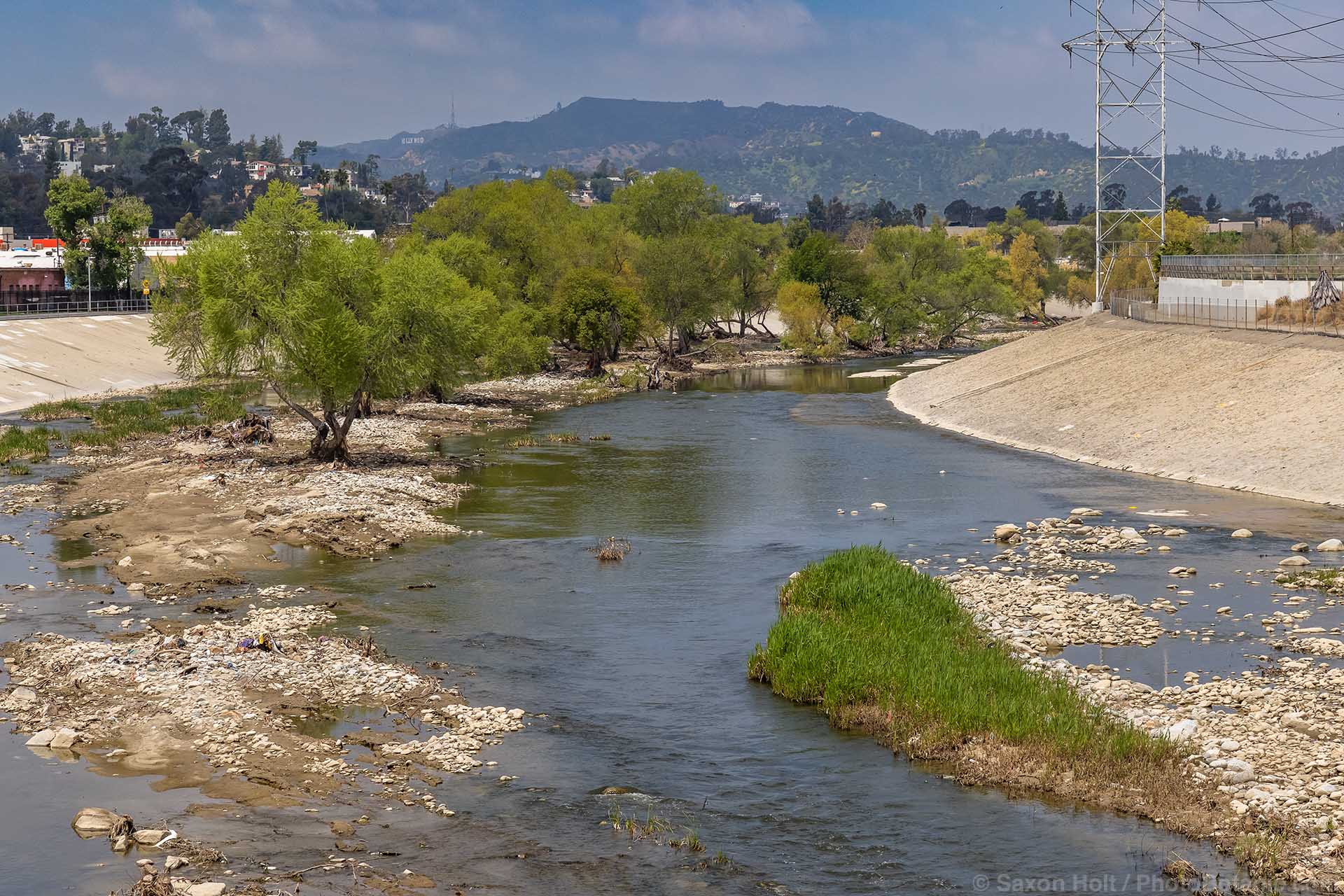
Los Angeles River after wet winter with soft bottom for habitat
Cities are engineered for people, and engineers can do a much better job of planning for fire as a system’s infrastructure. Within a city’s web of streets we should re-engineer all sidewalks, median strips, and front yards requiring them to collect water creating rain gardens that will percolate water for street trees. Stormwater collection policy.
Once we create a green infrastructure, we must have jobs to support it, public service and public safety jobs. It should be a municipal service during drought years, to periodically fill those bioswales and keep the trees hydrated and pruned for fire prevention and fire breaks.
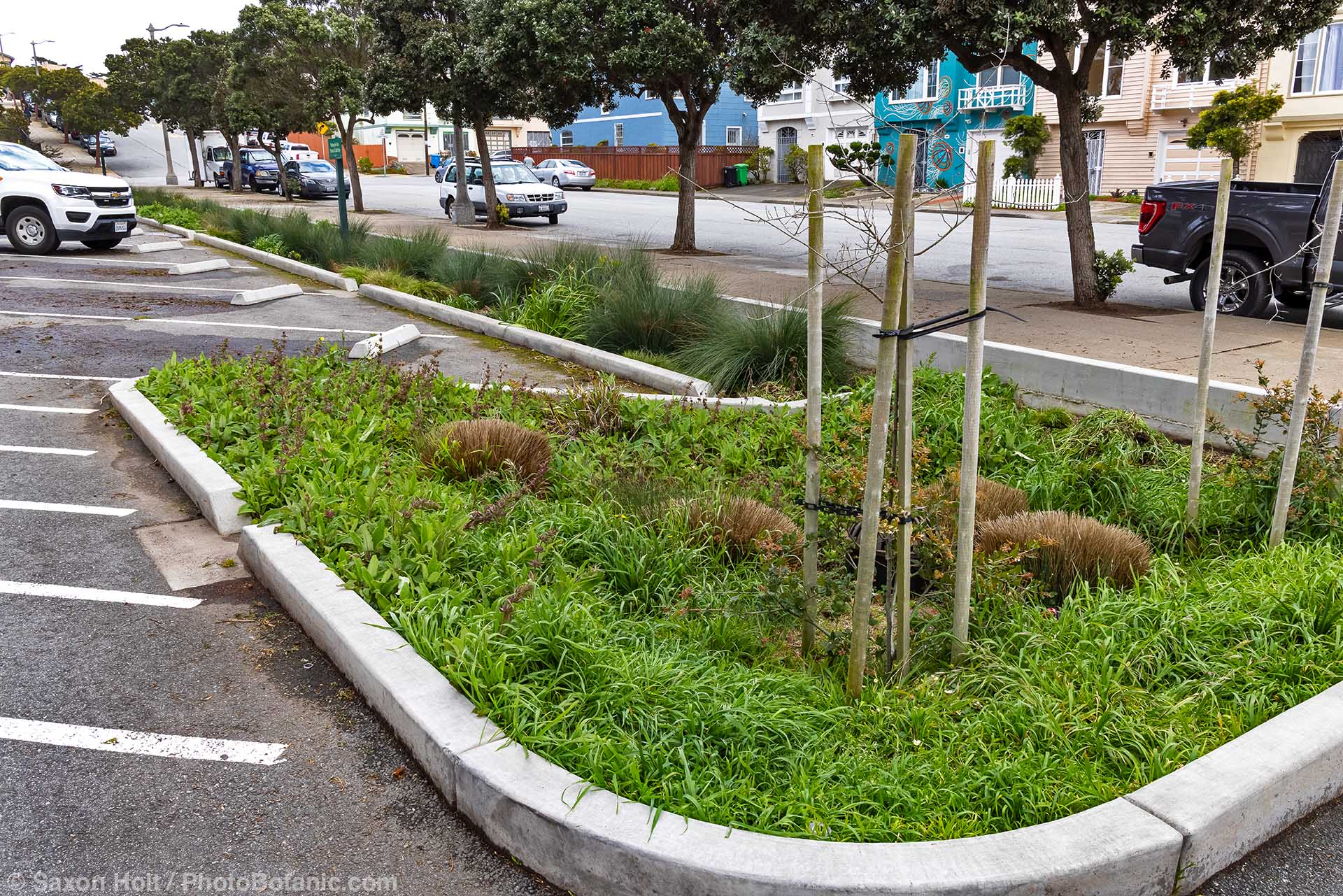
San Francisco rain garden bioswale by parking lot
All of this reengineering and rebuilding requires long range planning and commitment. It will take many decades to realize the change, but fire is not going away, and as Gary Ferguson says in his book Land on Fire (Timber Press, 2017): “it has no patience for our stubborn refusals to acknowledge the realities of our time.”
But cities are not going away either and maybe it’s time to hold our officials accountable for their stubborn refusal to acknowledge the realities of our time.
Also see Living with Wildfire

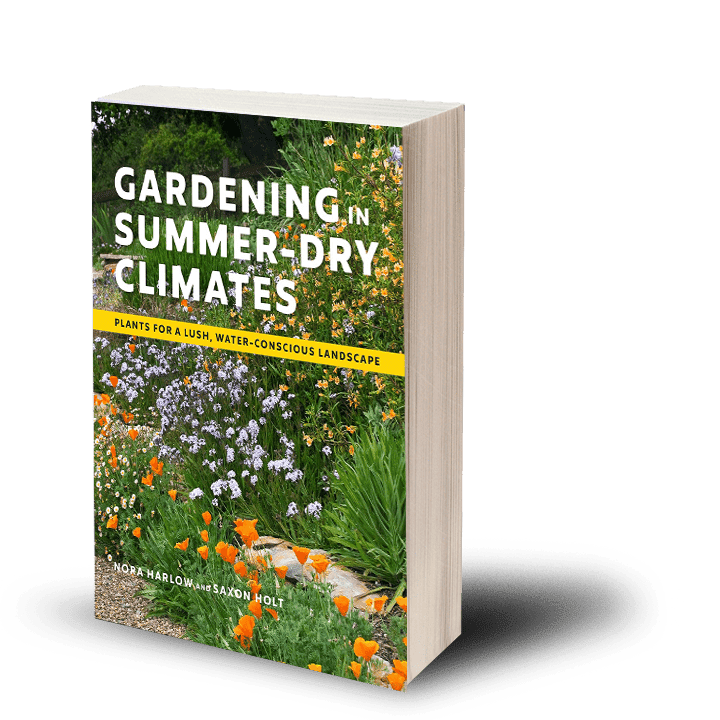
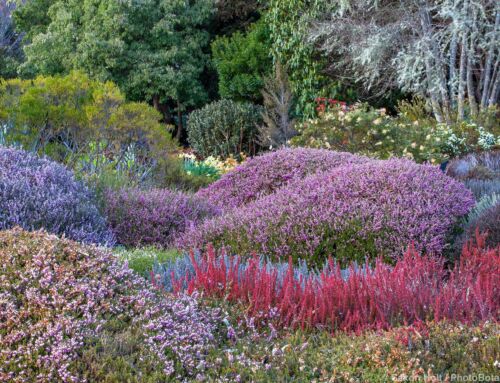
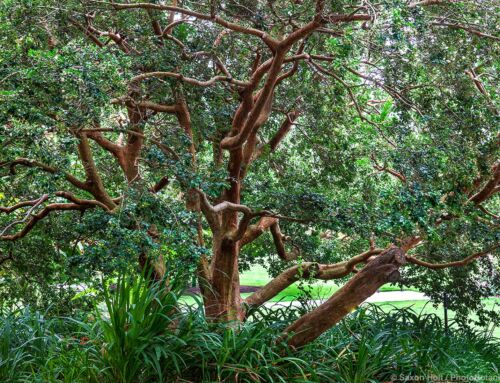
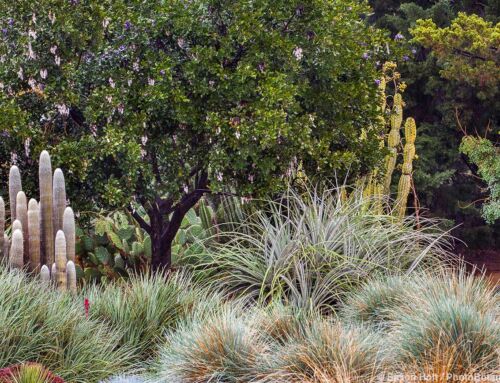
Leave A Comment